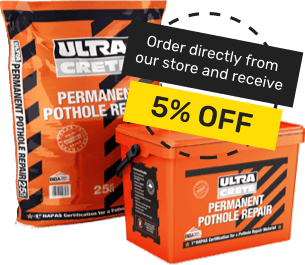The industry for road marking and lining companies has a vital job, not only for helping to create logical and efficient road systems for a steadily growing motorist population, but also for aiding in our daily safety. Road markings provide crucial information for road users relating to speed limits, potential hazards, obstructions, roundabouts, turns and more.
It’s only natural to feel puzzled and lost on occasion, even as an experienced driver. There’s a reason, after all, that people choose to retake theory tests, or are required to by law once they reach a certain age. The world of road markings and what they mean can be a little tricky – here are some markings that we create on a regular basis and the specific uses that you may have forgotten about!
Lane Markings
Many of us forget just how many different types of lane markings there are, especially once you set out for long distance driving and start to encounter a wider variety on dual carriages and motorways. Each of these has a specific job designed to keep you safe, even if they can look deceptively similar at first glance.
Broken White Line
The most common form of lane marking we see. While it is perfectly okay to cross into another lane (whether on a motorway or single carriage road), ensure that the road is clear ahead of you.
However, when the markings on a broken white line lengthen and the gaps become smaller, this indicates a hazard up ahead. This will often be accompanied by a warning sign that will inform you of the hazard you’re about to encounter. Watch out for these changes, as you may need to amend your speed and be extra vigilant.

Double White Line (with a broken line nearest you)
The following two can often look similar unless you’re paying attention, so it’s always good to refresh your memory on line markings that are essentially mirrors of each other.
A double white line where the broken line is nearest to you and the solid line is further away from you demonstrates that you have the right to cross into the neighbouring or opposite lane. However, you must only do so if you are certain you can overtake or complete the manoeuvre before you reach a solid white line nearer to you.
In order to aid you in maneuvers such as these, white direction arrows on the road will indicate that you need to get back onto your side.


Double White Line (with a solid line nearest you)
Literally on the flip side, we have a double white line where the solid line is closest to you. These line markings indicate that you must not cross into another lane, unless your situation adheres to one of the following circumstances:
- You need to enter premises or a side road and it is safe to do so
- The road is completely clear
- You need to pass a stationary vehicle, a cyclist, a horse vehicle or a maintenance vehicle, provided they are travelling less than 10mph.
These restrictions and rules remain the same when driving alongside a double solid white line.

Double Hatching
Occasionally, you will come across double hatching line markings separating a lane as opposites to traditional dotted or solid lines. These markings are used to divide lanes in a way that protects vehicles wanting to turn off the road.

If the lines bracketing the hatch markings are dotted, then you may cross if necessary and only when it is safe to do so. Solid white brackets must not be crossed except in an emergency.

Junction/Roundabout Markings
Box Junction
If you live in a city, chances are you’ve come across a box junction. They usually will appear in an area where there are several possible exits, but no roundabout. Instead, they are operated by a system of traffic lights. Of course, box junctions can also appear at smaller intersections, though these are usually denoted by a “Keep Clear” sign.

Entering a box junction is prohibited unless you have a clear exit. The only exception to this rule is when turning right with a clear exit road, but oncoming traffic is preventing you from turning.
Lane Arrows
Lane arrows are a very common occurrence at many junctions, particularly in towns and cities. Another place you are likely to find them is at roundabouts. Smaller roundabouts may just have two lanes indicating left + straight ahead and a right turn More often, however, lane arrows will be accompanied by road numbers and even place names.


